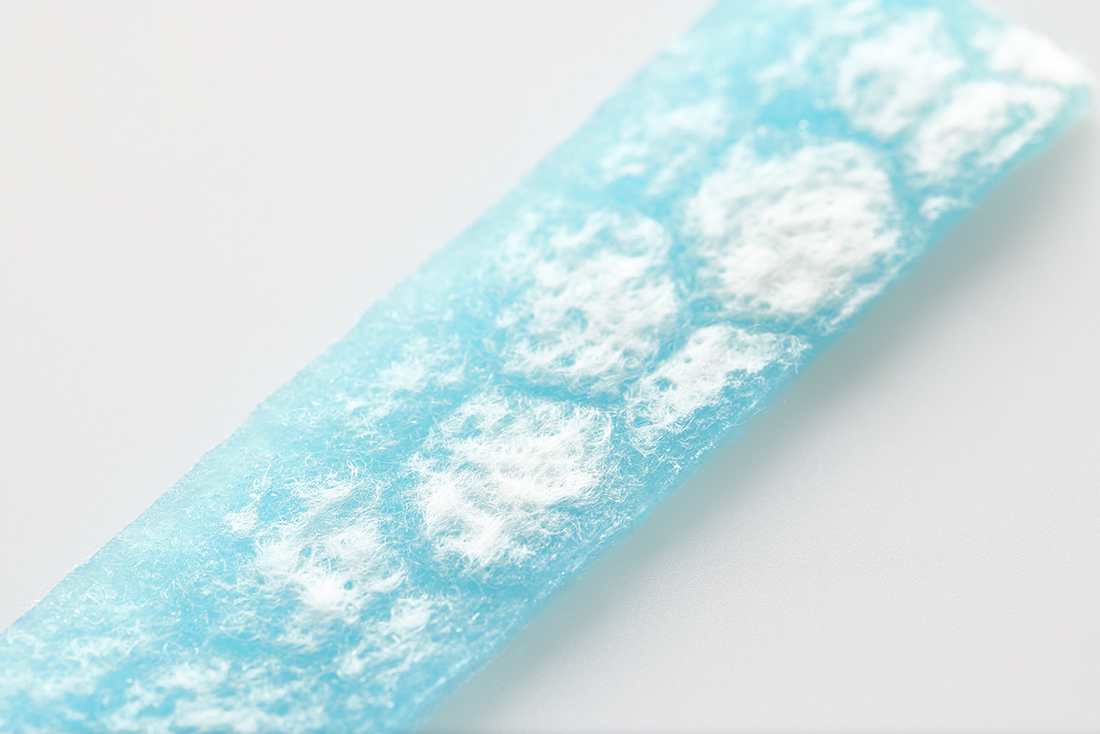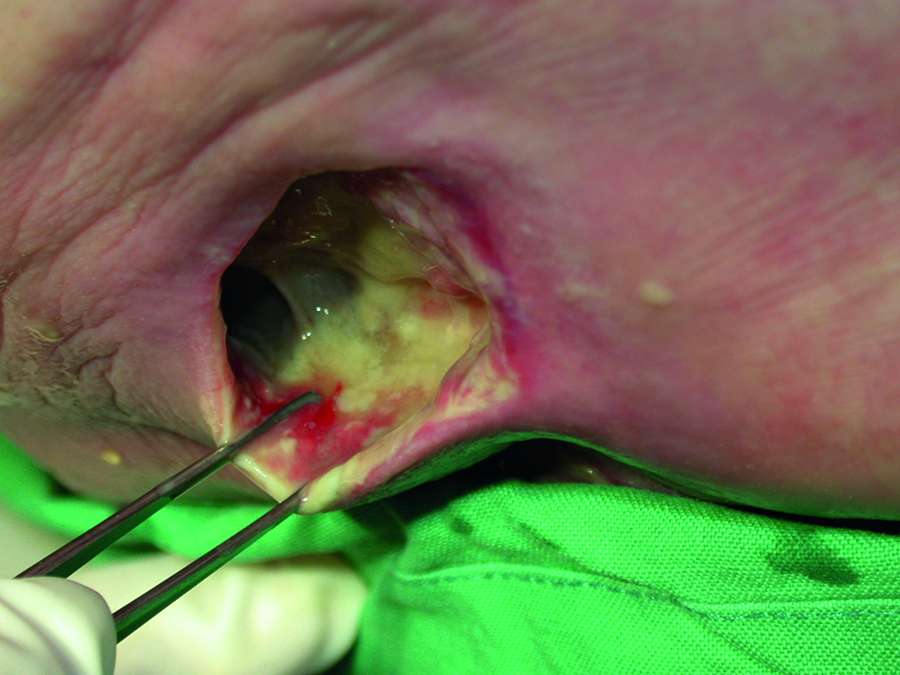Get full access with a free account
Benefits of the Coloplast® Professional Educational platform
Get full access to all educational content, events and resources
Track your progress
Share content with your collegues
Share supporting material with your patient

What is a gelling fibre dressing?
Gelling fibre dressings are absorbent wound dressings.1 They contain synthetic fibres made from sodium carboxymethyl cellulose, strengthening cellulose fibres and other super-absorbent materials.
When these dressings absorb exudate into their fibres, a gel forms. This gel keeps the wound environment moist and, in this way, helps the wound to heal.2
Gelling fibre dressings are primary dressings (see the fact box). This means you apply them directly onto the wound, where the dressing has direct contact with the wound bed.1
Gelling fibre dressings can come in two forms:
- a flat sheet form that is used for shallow wounds; and
- a rope form that is used for wounds with deep cavities.1
What’s the difference between a primary and secondary dressing?
Primary dressings are placed directly on top of the wound. They are in direct contact with the wound bed and play a key role in the wound healing process.
Secondary dressings help maintain a moist environment, manage exudate and keep the primary dressing in place.

When should you use a gelling fibre dressing?
Research shows that gelling fibre dressings are suitable for wounds with moderate to high levels of exudate.4 In these types of wounds, the gelling fibre dressing absorbs and retains exudate. This controls the exudate levels in the wound. It also promotes wound healing and reduces the risk of periwound maceration (i.e. damage to the skin surrounding the wound).2
Gelling fibre dressings are also useful in managing the gap, or ‘dead space’ between the dressing and the wound bed. Wounds with high exudate levels; deep cavities; or undermining, where there is a steep angle between the wound edge and bed, are all at a higher risk of exudate pooling. Research shows that the optimal dressing for these wound types is one that conforms to the wound bed. Gelling fibre dressings can conform to and fill the wound cavity, so there is no space for the exudate to pool.4
Gelling fibre dressings can also be used together with compression therapy.
References for the ‘generic’ and ‘specific’ sections on gelling fibre dressings
- World Union of Wound Healing Societies (WUWHS), Consensus Document. Wound exudate: effective assessment and management. Wounds International, 2019
- NHS Clinical Review: Gelling Fibre Dressings (V2) 01.2018
- Gelling Fiber Wound Dressings – WoundSource. https://www.woundsource.com/product-category/dressings/gelling-fiber-dressings
- Tonny Karlsmark et. al. A new reinforced gelling fibre to reduce exudate pooling, Wounds International, vol 3. 2020
